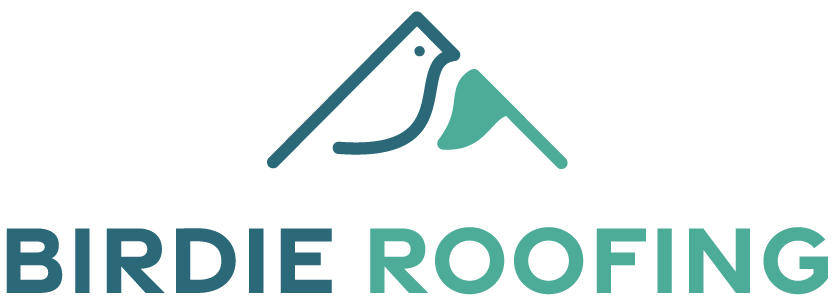Understanding the Roof Installation Process
Knowing what to expect during roof installation can help alleviate stress and ensure the project runs smoothly. Each step, from preparation to post-installation care, is crucial to creating a durable and efficient roofing system. Here's a detailed guide to walk you through the entire process.
Preparation for Roof Installation
Before any installation begins, proper preparation is essential. This stage involves thoroughly inspecting your current roof (if applicable) and discussing your roofing material preferences. The team at Birdie Roofing emphasizes understanding your home's needs, ensuring you select the best material for your climate and budget. During the preparation phase, the following tasks are typically completed:
· Site Preparation includes protecting landscaping, setting up safety measures, and ensuring workers have easy access to the roof.
· Roof Removal (if applicable): Before installation, old shingles or roofing materials must be removed from existing roofs.
· Deck Inspection: The roofing deck is examined for any damage. If repairs are needed, they are completed at this time to ensure a solid foundation.
Installation Steps
Once the preparation phase is complete, the actual roof installation begins. The process generally follows these key steps:
1. Installing the Underlayment: A moisture barrier or underlayment is applied to the roof deck. This layer helps prevent leaks and provides additional protection against the elements.
2. Flashing Installation: Flashing is installed around chimneys, vents, and skylights to seal these vulnerable areas properly.
3. Shingle Installation: The shingles or chosen roofing materials are laid out, starting from the bottom and working upwards. Each layer is carefully aligned and secured to ensure durability and weather resistance.
4. Ventilation System: Proper ventilation is crucial for extending the lifespan of your roof. Ridge or soffit vents are installed to promote airflow and prevent moisture buildup.
5. Final Inspection: Once all materials are installed, a thorough inspection is conducted to ensure everything is secure, properly sealed, and up to local building codes.
Post-Installation Care
After your new roof is installed, taking care of it is vital to prolong its lifespan and maintain its performance. Birdie Roofing suggests regular inspections and maintenance to ensure your roof remains in optimal condition.
· Cleaning and Maintenance: Keep gutters clear of debris, and inspect your roof periodically for any signs of damage, such as missing shingles or leaks.
· Warranty Information: Familiarize yourself with the warranty provided and know what it covers in case of future issues.
· Post-Installation Inspection: Birdie Roofing often schedules a post-installation check to ensure everything remains in excellent condition after the first few months.
By understanding the roof installation process, you'll be better prepared to communicate with your roofing contractor and ensure a seamless experience. If you're ready to invest in a high-quality roof, consider Birdie Roofing for their expertise and commitment to quality, contact them today.

